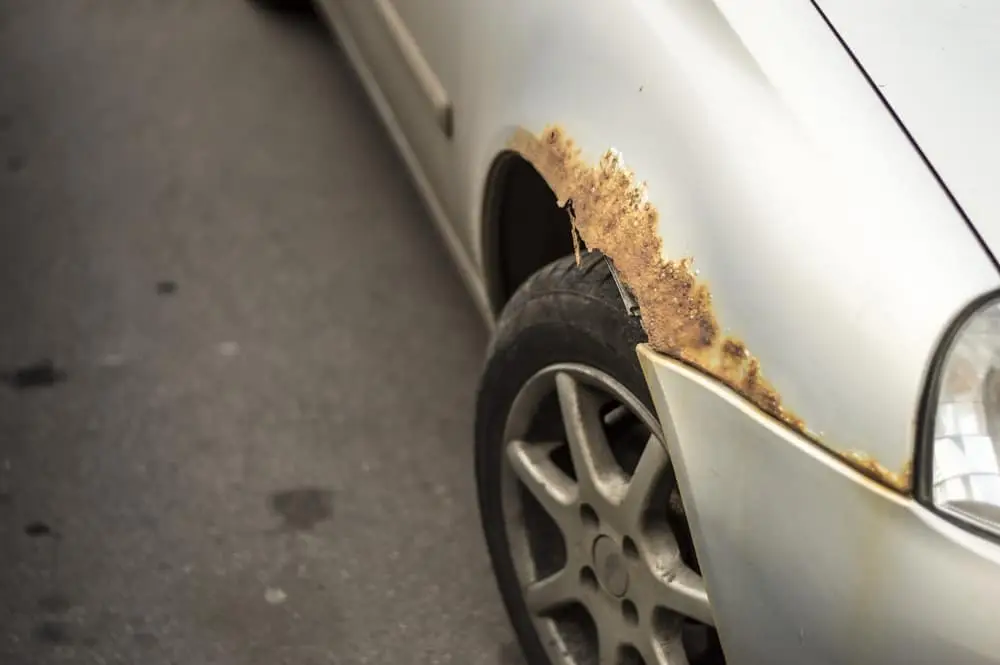Rust is the arch-enemy of any vehicle owner. It not only diminishes your car’s appearance but can also compromise its structural integrity if left unchecked. Understanding how rust forms, ways to prevent it, and how to repair it can save you from costly damage down the line.
What is Car Rust?
Rust is a form of corrosion that occurs when metal, oxygen, and moisture react together. This reaction accelerates when salt is present, which is why cars in coastal or snowy regions are more susceptible to rust.
Common Types of Car Rust
- Surface Rust: Appears as discoloration or flaking on the paint.
- Scale Rust: Penetrates deeper into the metal, creating rough, pitted surfaces.
- Penetrating Rust: Eats through the metal, causing holes and compromising the car’s structure.
How to Prevent Car Rust
1. Wash and Wax Regularly
- Why: Dirt, grime, and salt can trap moisture, leading to rust.
- What to Do: Wash your car at least once a month and more frequently during rainy or snowy seasons. Apply a coat of wax to create a protective barrier.
2. Inspect and Touch Up Paintwork
- Why: Scratches and chips expose bare metal to moisture and air.
- What to Do: Inspect your car for paint damage and use touch-up paint to seal any exposed areas.
3. Apply Rustproof Coating
- Why: A rustproof coating prevents moisture from reaching the metal.
- What to Do: Apply it to vulnerable areas like the undercarriage, wheel wells, and door sills. Many professional detailing services offer this treatment.
4. Keep the Undercarriage Clean
- Why: The underside of your car is especially prone to rust due to exposure to water, salt, and debris.
- What to Do: Use a high-pressure washer to clean the undercarriage, especially after driving through salty or muddy conditions.
5. Avoid Parking in Moist Areas
- Why: Prolonged exposure to moisture promotes rust formation.
- What to Do: Park in a garage or covered area, and use a dehumidifier in humid environments.
How to Repair Rust
1. For Surface Rust
- Sand down the affected area to remove rust.
- Apply a rust converter to neutralize any remaining rust.
- Prime and repaint the area to restore protection.
2. For Scale Rust
- Use a wire brush or grinder to remove deeper rust.
- Apply rust inhibitor to stop further corrosion.
- Use body filler to restore smoothness, then sand, prime, and paint.
3. For Penetrating Rust
- Assess the severity: Large holes may require professional repairs or part replacement.
- For smaller holes, cut out the rusted area, weld in a patch panel, and paint.
When to Seek Professional Help
Severe rust or damage to structural components, such as the frame or suspension, should always be handled by a qualified professional. They have the tools and expertise to ensure safe and effective repairs.
Key Takeaways
Rust is preventable with regular maintenance and prompt attention to paint damage. By keeping your car clean, applying protective coatings, and addressing rust early, you can preserve your vehicle’s value and longevity. If rust has already progressed, repairs can restore your car’s appearance and safety.
Take proactive steps to keep your car rust-free and looking its best, ensuring many more years of smooth, worry-free drives.
